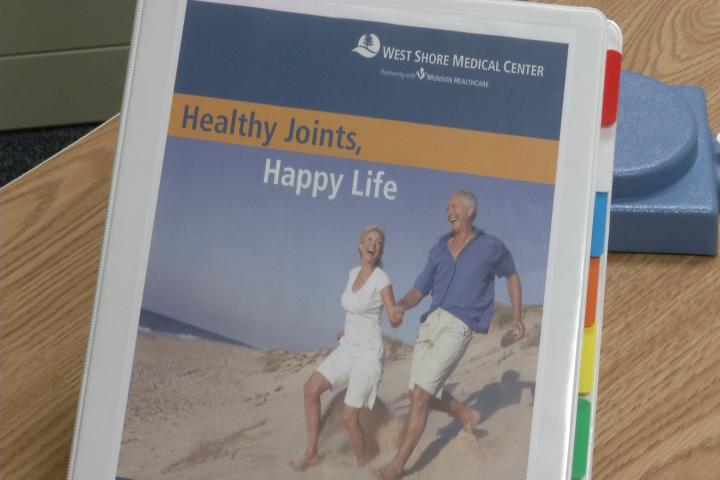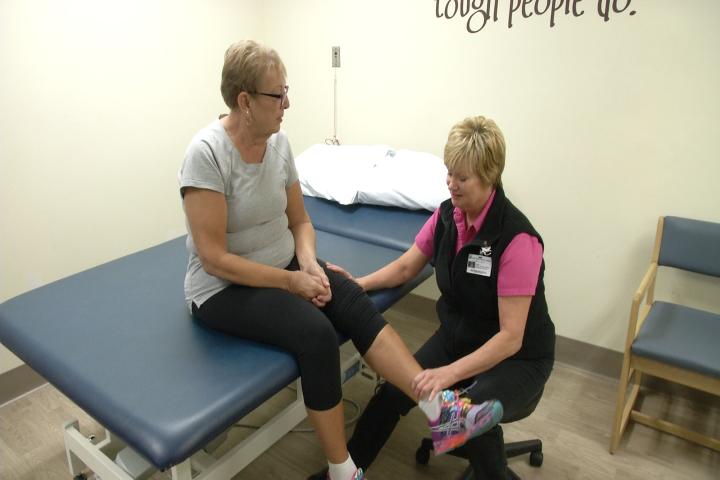No one wants to live with pain, but plenty of people do, or rely on medications that have side effects.
In many cases, that doesn’t have to happen.
Now, area hospitals are making it easier to fix the problem by preparing well before a patient hits the operating room.
We explain in MedWatch.
Mary Lewis tries to be active and keep moving.
"We live on the second story of a commercial building and I have steps, so the steps really help me, plus I do yoga," says Mary.
But an old high school injury came back to haunt her.
"Last year I had a lot of difficulty walking, so I went to Dr. Barry and said we have to do something," she explains.
That something ended up being a total knee replacement at West Shore Medical Center.
They just started a new comprehensive program to help patients like Mary get back to doing what they love.
"Patients are not just having a joint replacement to sit in a rocking chair and be pain free, they want to be active," says Esther Sigurdardottir.
That means more care, planning and preparation before and after surgery.
"We’ve developed an educational class that everyone takes prior to their surgical procedure scheduled, and in that class our focus is to decrease the anxiety in the patient and educate the patient on what to expect," explains Esther.
They also get an exercise routine to start immediately.
"What those exercises will do is help strengthen the muscles that will be working really hard after the surgery, and will improve their recovery," says Esther.
They go so far as to plan the patient’s discharge before surgery.
Esther Sigurdardottir is the rehab manager — she says there is scientific proof to back up what they’re doing.
"Studies have shown that the better prepared the patient for the surgery, the better outcome the patient will have because it lessens the anxiety, because of course it is stressful to undergo, this is a major surgery," says Esther.
But it’s also a common surgery — there should be no reason for a patient who is dealing with pain to not consider this as an option.
"Because living in pain is no life, you have no quality of life if you’re daily living is making it in between your pain medication. We want to make you active, strong and back into life without any pain medication by replacing joints," says Esther.
Mary is proof of that. One year after her procedure, she’s still getting any help she needs, but she’s getting ready to enjoy her winter.
"I’m pretty much where I want to be at this point, and each day I notice I can do a lot more than I could the day before, so probably by the time we’re ready to take off for warmer spots this winter I’ll be ready, I’ll be ready to walk," says Mary.
© 2023 - 910 Media Group

